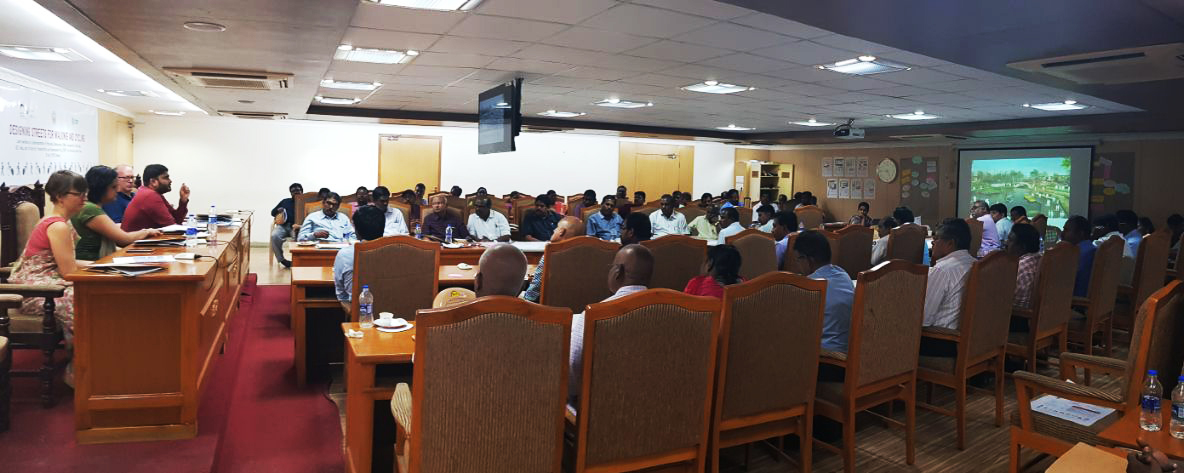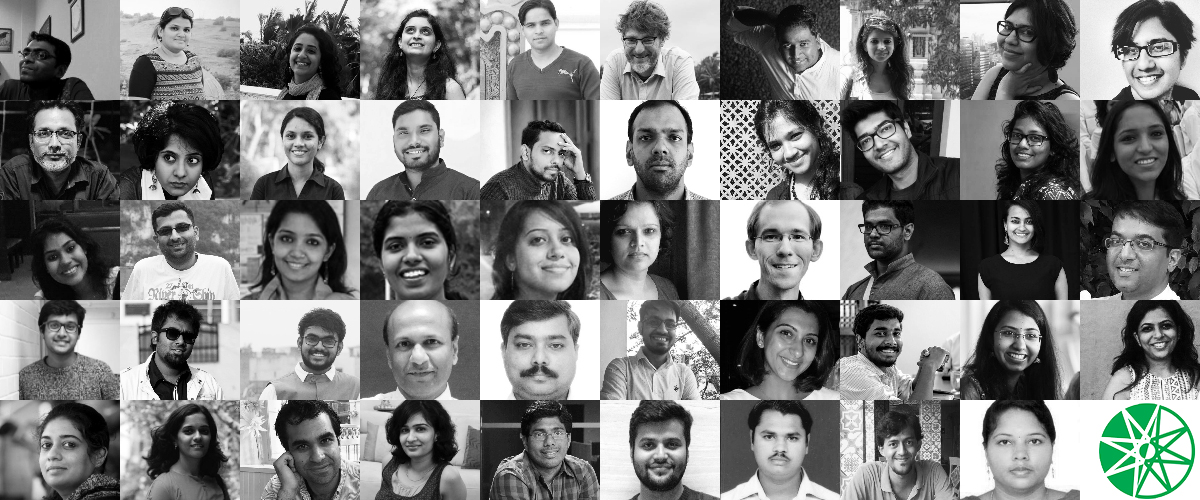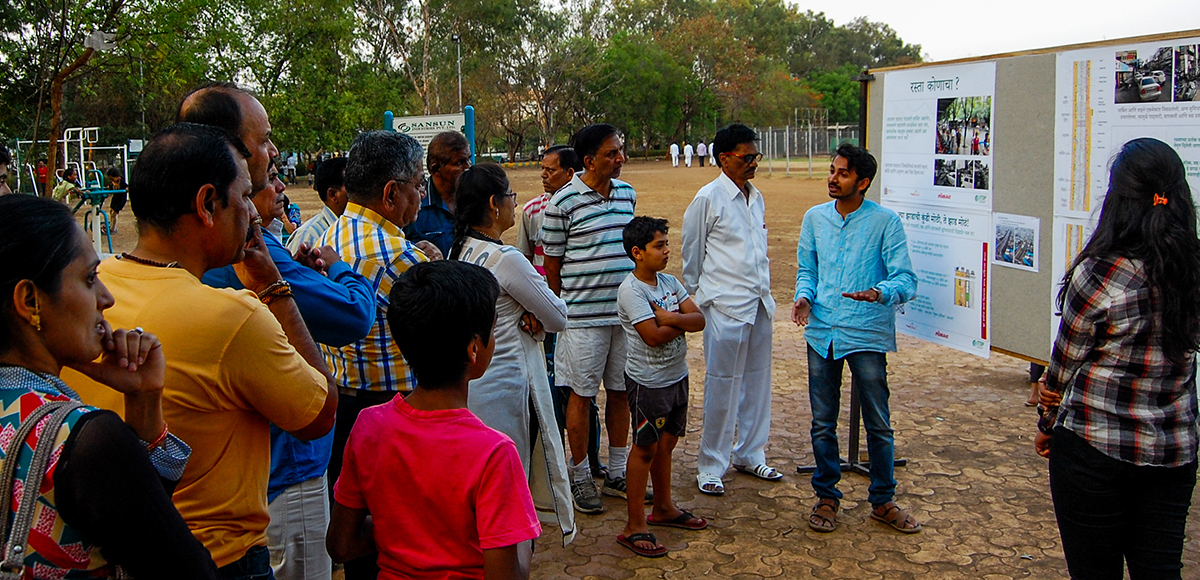ITDP India is excited to be invited as a panelist and a speaker at the International Conference of the Research Training Group KRITIS, at Technische Universität Darmstadt, Germany. Pranjali Deshpande, Senior Manager of the ITDP India Programme, will showcase the progressive interventions implemented by Pune to bring back life to its car-centric streets.
City records show that as of 2016-17, Pune had 2.3 million two-wheelers and seven-hundred thousand four-wheelers, and ranked second in terms of vehicle density among Indian cities. City administrators soon realised that pre-emptive measures for urban mobility was the need of the hour, and that’s when Pune started to break new ground!
In-line with the National Urban Transport Policy, Pune aims to achieve its goal of reducing dependency on personal motorised vehicles from 50 percent to 10 percent by 2031. In 2017-18, Pune’s budget witnessed a paradigm shift in its transportation expenditure wherein over half of the city’s transport budget was spent on sustainable transport initiatives – in particular walking and cycling.
These streets are made for walking, and that’s just what they’ll do…
Pune footed the ambitious Complete Street scheme, with technical input from the ITDP India Programme, to transform over 100 km of streets that prioritise pedestrians and cyclists. This was based on a unique set of Urban Street Design Guidelines adopted by Pune in 2016.
The first phase—on JM Road and DP Road—was lauded across the country, even winning the Housing and Urban Development Corporation Award and the Volvo Mobility Award 2017. The redesign brought new life to Pune’s streetscape! Following on Pune’s footstep, even Pimpri-Chinchwad started the process of designing 75 km of street networks in the city.
 JM Road, Pune
JM Road, Pune
Maintaining its stance that Pune is for people and not for vehicles, the city administration heralded a new era of an efficient paid parking system in 2018. The Pune Parking Policy, for which the India Programme provided technical support, introduced an efficient paid parking system and a management cell to oversee implementation. The city awaits its implementation on-ground.
The success of sustainable transport projects in Pune is an ode to the efforts of the Pune Municipal Corporation and Pune Smart City Development Corporation Ltd., and their collaboration with organisations including ITDP India Programme, Parisar, Pedestrians First, Prasanna Desai Architects, and the Center for Environment Education.
The transition from a motor vehicle-dependent city to a people-friendly city is not easy without the support of citizens. To ensure success, the municipal corporation conducted several public consultation drives. And, the city continues to do so, ensuring that sustainable urban mobility practices are a continuous exercise and woven into the new people-first transport culture.




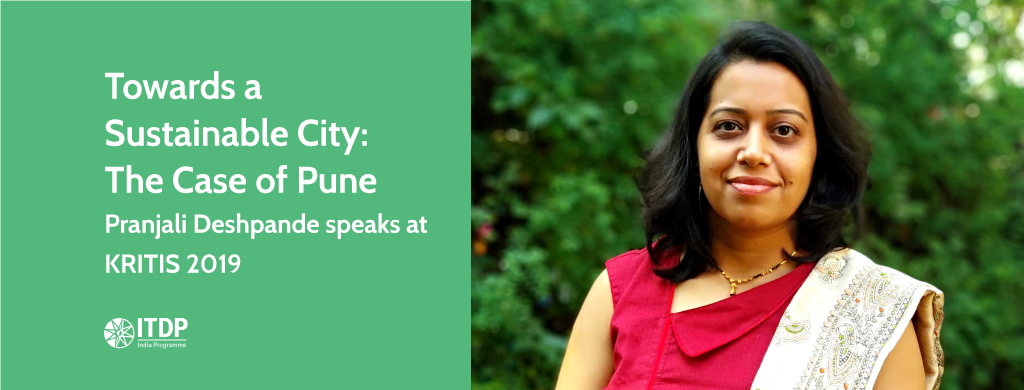
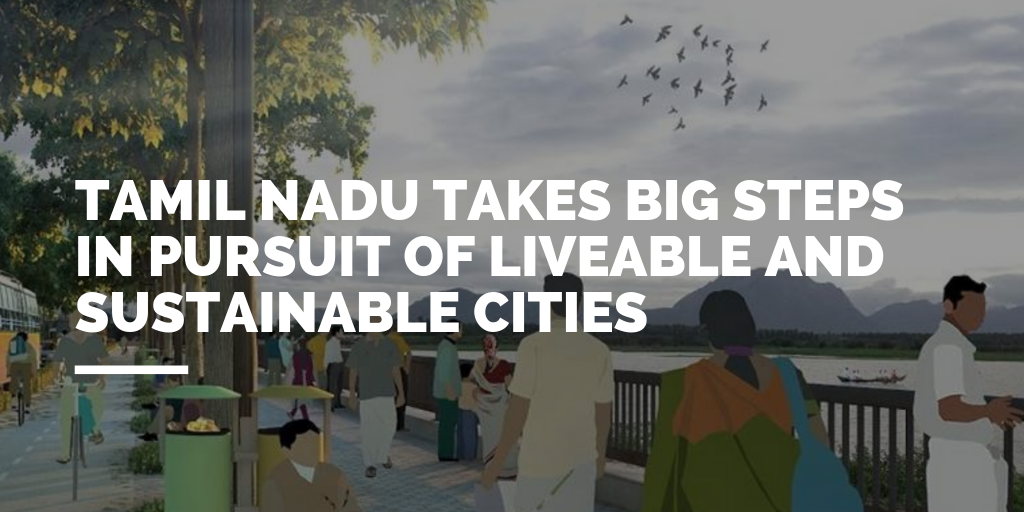










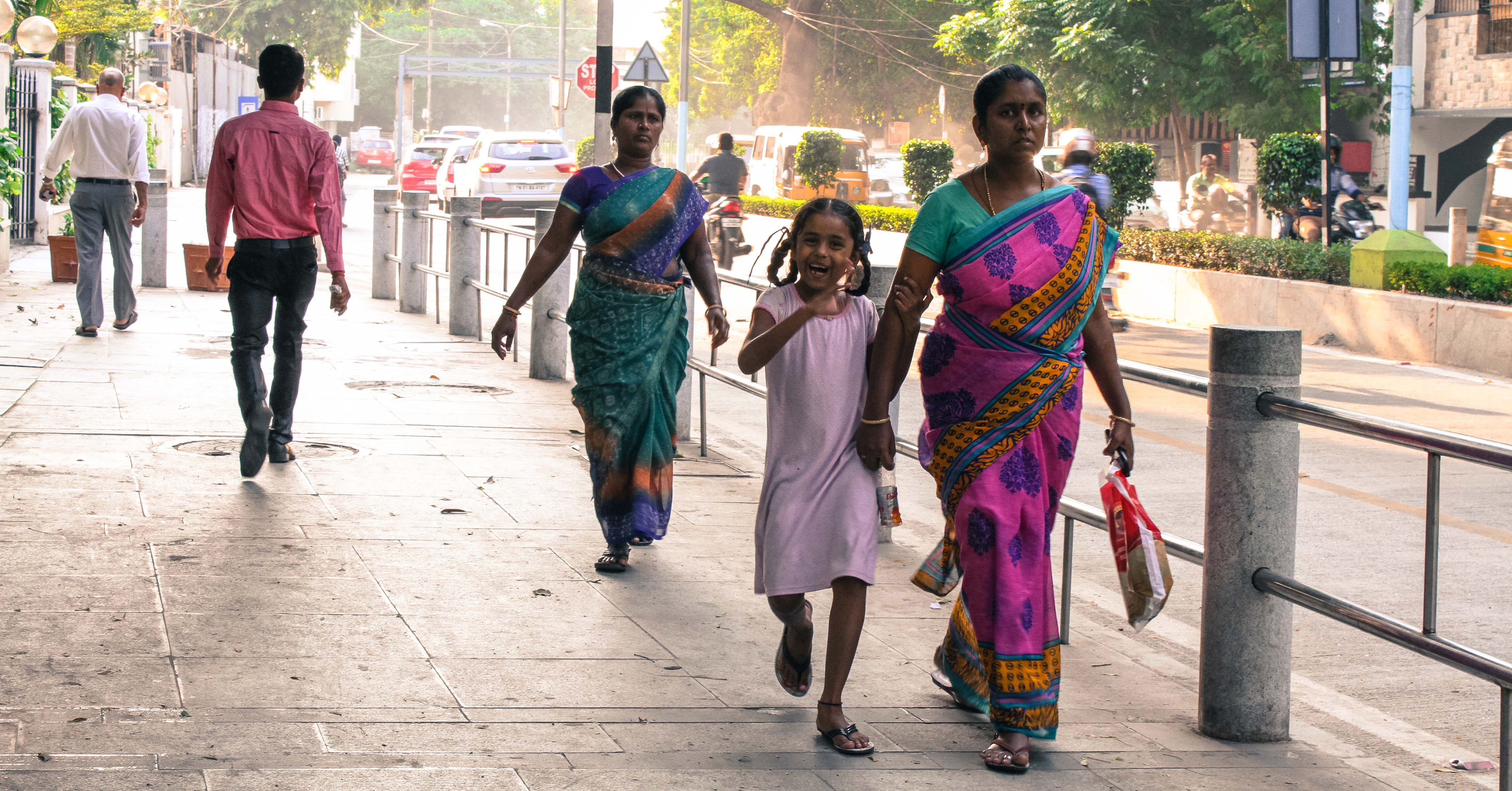

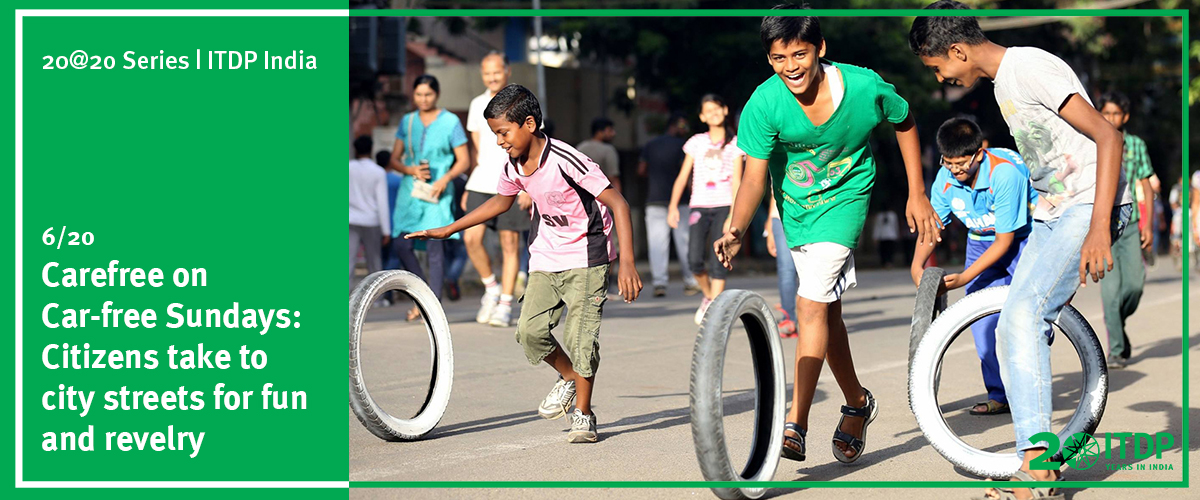
 India’s first car-free Sunday in Ahmedabad in 2012
India’s first car-free Sunday in Ahmedabad in 2012 People enjoying hop-scotch at the car-free Sunday in Coimbatore
People enjoying hop-scotch at the car-free Sunday in Coimbatore Father and daughter bonding over skipping at the car-free Sunday in Chenani
Father and daughter bonding over skipping at the car-free Sunday in Chenani







